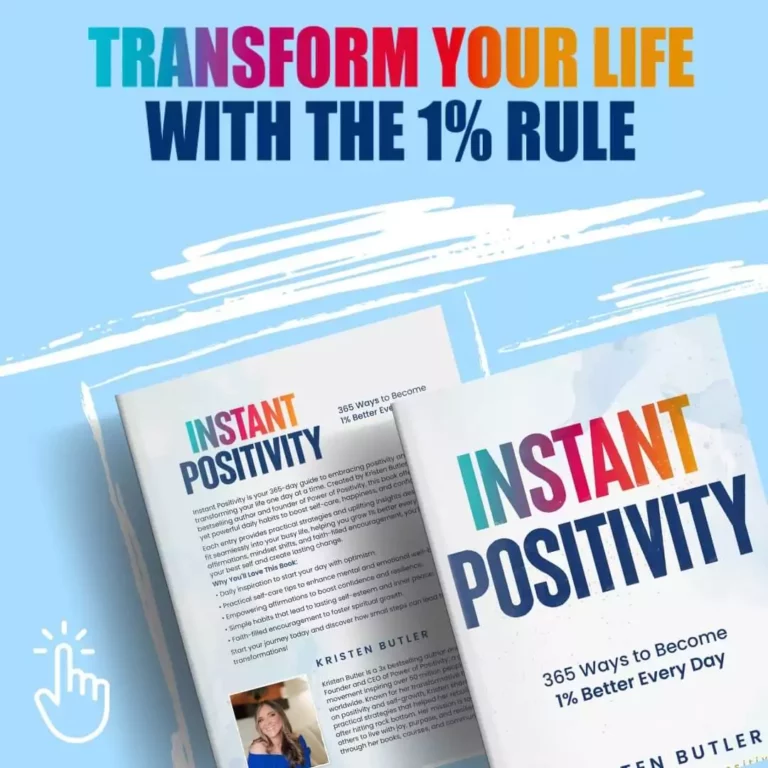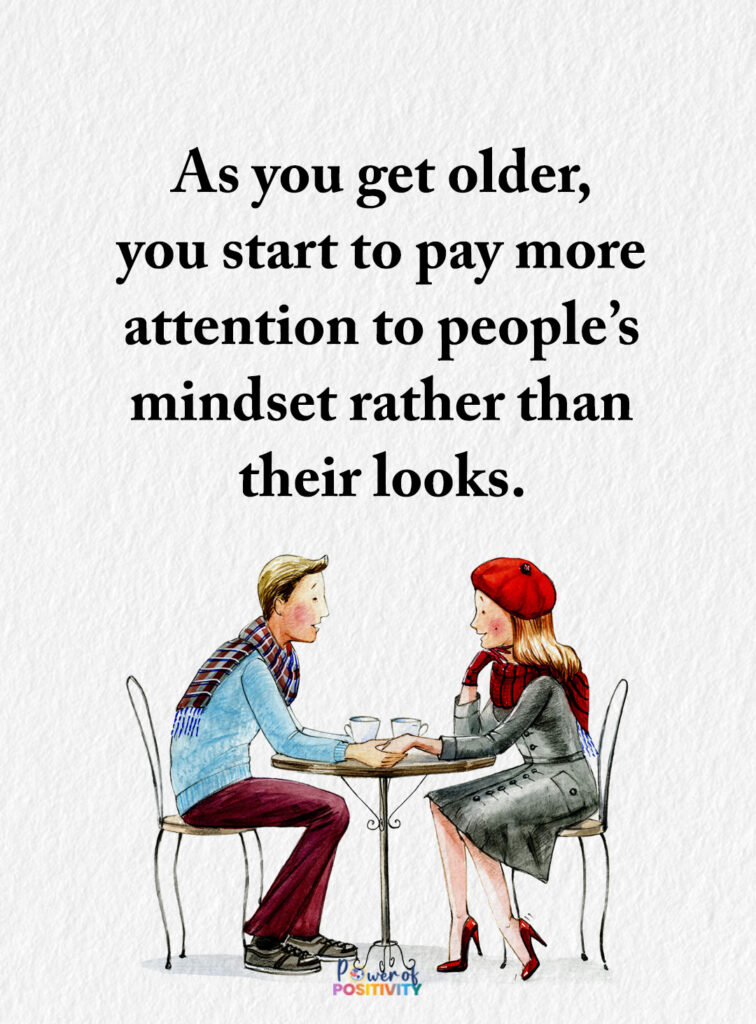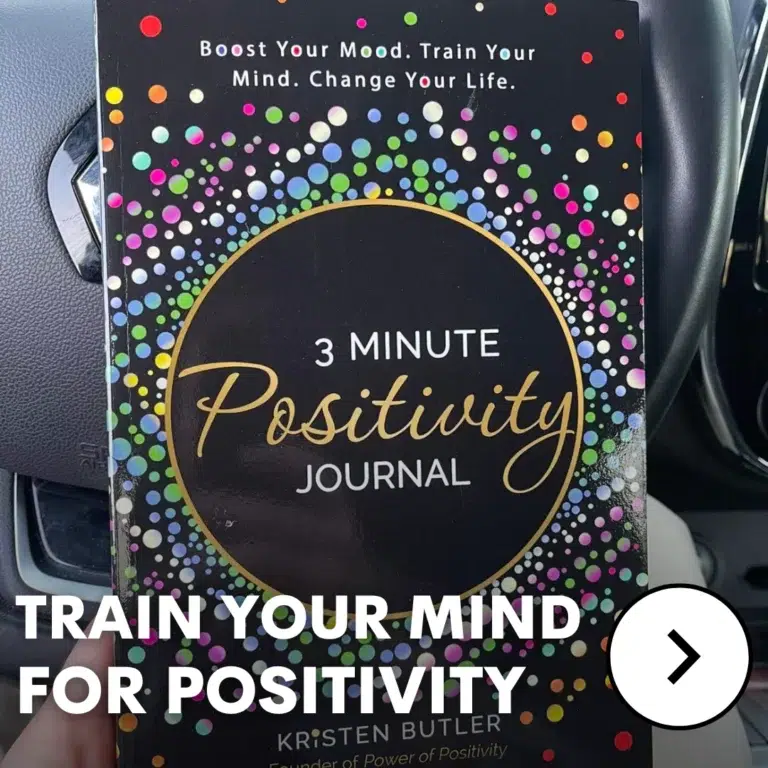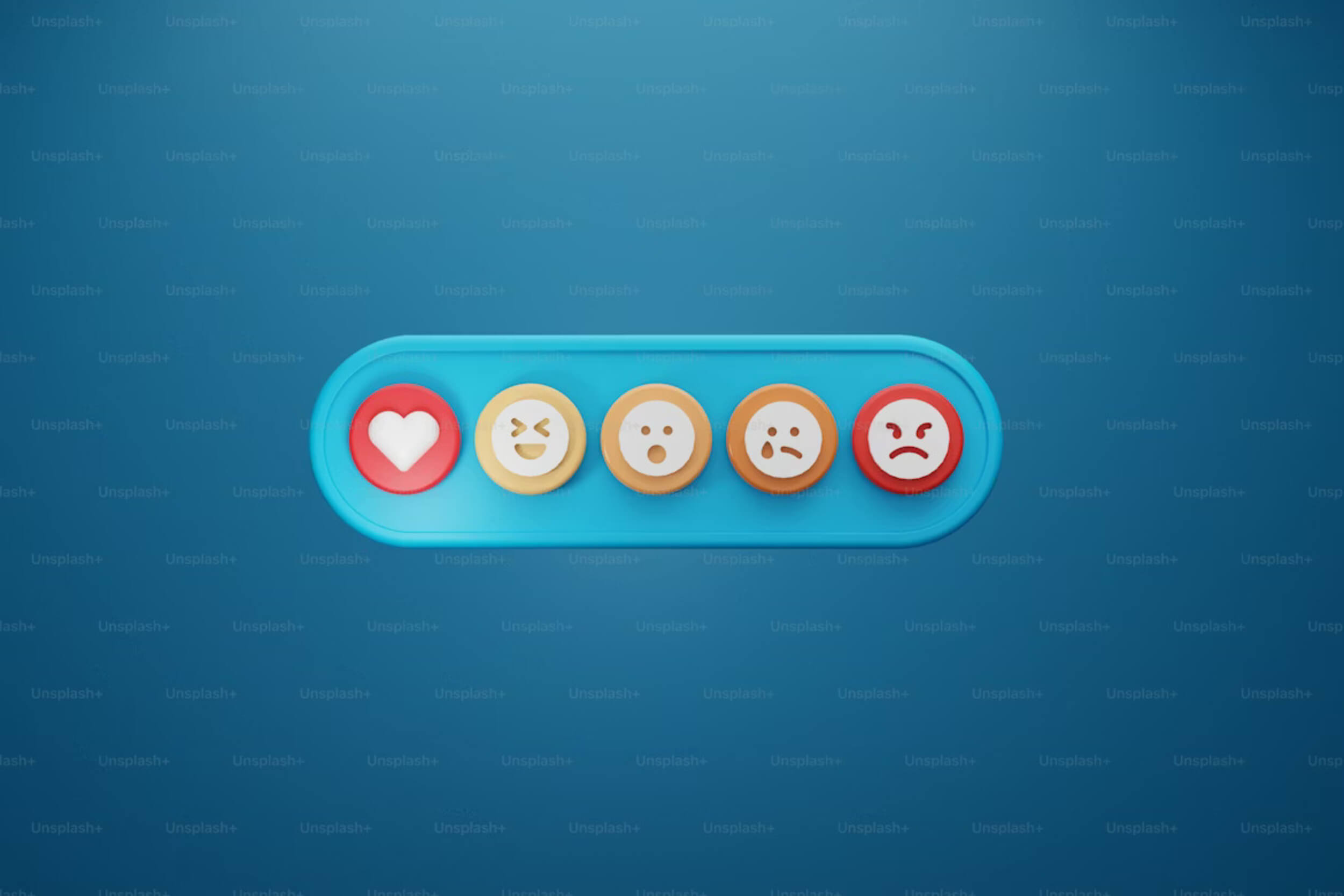Most people don’t notice burnout creeping in until it’s already taken over. They just keep pushing—long hours, late nights, missed lunches—thinking it’s what success looks like. But it’s not. Studies now show more workers are hitting a wall, and it’s happening earlier and more often than ever before.
Trying to power through isn’t the answer. In fact, constantly running on empty does more harm than good. Burnout doesn’t just make people tired—it affects focus, mood, and even health.
What’s needed isn’t more effort—it’s a better way to work smarter. That means shifting the focus from working more to working with purpose and clarity. It’s not about avoiding stress completely—it’s about building habits that protect your energy and help you get things done without burning out.
What Burnout Really Is—and What It’s Not
Feeling tired after a long week is normal. But burnout is something else. It’s not about needing a nap—it’s about feeling drained no matter how much sleep you get. Burnout builds up over time, slowly wearing you down. It’s what happens when stress sticks around for too long and nothing changes.
Here’s how it’s different from just being tired:
- Burnout doesn’t go away with rest. You might take a weekend off and still feel just as heavy on Monday.
- It drains your motivation, not just your energy. You stop caring about work, even if you used to enjoy it.
Some people think burnout only hits high-powered careers. That’s not true. Anyone can burn out—from parents to retail workers to remote freelancers. And no, it’s not laziness. It’s a sign that something isn’t working.
Finding a better way to work smarter means understanding what burnout really looks like—and knowing it’s not your fault.
2. Where the Current System Falls Apart
There’s pressure everywhere to be “always on.” Quick replies, late-night emails, stacked meetings. At first, it feels like you’re just being productive. But over time, that constant pace does the opposite.
Here’s what’s wrong with how most of us are working:
- Too much to do, not enough focus. Juggling tasks all day means nothing gets your full attention.
- Work never ends. Phones, laptops, and apps make it hard to switch off—even after hours.
- More doesn’t mean better. Doing more tasks can hurt the quality of your work.
And those quick-fix time management hacks? They rarely help. You can block out your calendar all day, but if you’re already drained, the work still suffers.
Being busy isn’t the same as being useful. That’s why the old system keeps failing people.
If we want lasting change, we need a way to work smarter—one that values results, not constant activity.
3. Clear Warning Signs You Shouldn’t Ignore
Burnout doesn’t always show up loudly. Sometimes, it sneaks in bit by bit. The signs can be easy to miss until they start affecting your day.
Pay attention if you notice things like this:
- Mental and emotional burnout: You feel numb, dread the start of your workday, or snap over small things.
- Physical symptoms: You’re always tired, your sleep is all over the place, or you get frequent headaches or stomach issues.
- Changes in behavior: You start pulling away from others, missing deadlines, or doubling down on work just to feel “caught up.”
If any of these feel familiar, it’s time to slow down and rethink what’s going on. The body sends signals when it’s under pressure—it just takes a moment to listen.
Working yourself harder won’t fix it. But adjusting how you work? That’s where things start to shift.
A healthier way to work smarter begins with spotting the early signs and acting before burnout takes over.
4. Why Old-School Fixes Don’t Work Anymore
Taking a break is helpful—but it’s not a cure. A few days off won’t solve deeper problems in how work is structured.
Here’s why the usual fixes don’t hold up:
- Time off doesn’t fix broken systems. You leave for a few days and return to the same chaos.
- Perks don’t always help. A ping-pong table or free lunch means little if the workload stays overwhelming.
- Mental health days aren’t magic. They help, but they can’t replace better support and realistic expectations.
What actually works is creating changes that last. That means better boundaries, honest conversations, and real flexibility.
If we want to avoid burnout, the answer isn’t more snacks or short-term breaks. We need a stronger way to work smarter—one that respects energy, not just time.
5. The New Approach: Working Smarter
What helps most isn’t more effort—it’s working in a way that actually fits how people function best. That starts with how we manage our time and our energy.
Here’s a better way to work smarter that actually works in real life:
Use your energy wisely
- Plan your most important work when you feel sharpest—some people focus best in the morning, others later.
- Notice when your energy dips, and save easier tasks for those times.
Match tasks to brainpower
- Don’t waste brainpower answering emails at your peak time.
- Block out time for deeper thinking when you’re most alert.
Let “good enough” be enough sometimes
- Not every task needs to be perfect.
- Save your best energy for what really matters, and let go of things that don’t.
Small shifts like these can prevent burnout and make work feel less draining. It’s not about cutting corners—it’s about working with your brain, not against it.
Finding your way to work smarter doesn’t mean doing less. It means doing what matters in a way that makes sense.
6. Building a Resilient Work Culture (for Employers & Teams)
Pushing employees to the edge and hoping perks will fix it just doesn’t cut it anymore. A strong workplace starts with trust, not pressure.
Here’s what real support at work looks like:
- Give flexibility, not control. Let people adjust their day to fit how they work best. When someone’s more productive at 7am or 3pm, let them run with it. What matters is what gets done—not how long they sit at a desk.
- Make it safe to speak up. Employees should feel okay saying they’re overwhelmed. Normalizing phrases like “I need help” or “this is too much” builds honesty, not weakness.
- Trust with clear goals. People do better when they have control over how they work—but they still need direction. Let them own their tasks without being micromanaged.
A workplace like this isn’t just easier—it’s smarter. It helps people do their jobs without burning out or checking out.
The best way to work smarter isn’t about squeezing more out of everyone. It’s about giving them the right setup so they don’t need to choose between results and well-being.
7. Rewriting the Role of the Individual Worker
Many workers still believe being “on” all the time means they’re doing a good job. But that kind of thinking leads straight to burnout.
Try this shift instead:
- Stop chasing 24/7 availability. You don’t need to reply to emails at midnight to be successful. Real success sticks around because it’s built to last—not rushed to win today.
- Protect your focus. Say no to extra meetings that waste time. Silence apps that pull your attention away every few minutes. Fewer distractions mean better work.
- Let go of the guilt. Saying “no” isn’t rude—it’s necessary. You can’t do your best work if your plate is always full.
You’re not a machine, and you’re not meant to be. The smarter move is to build habits that keep your energy steady and your brain clear.
Creating your own way to work smarter means reshaping how you think about effort, boundaries, and value—one small change at a time.
8. Smarter Tools, Not More Tools
It’s easy to think that more apps will help you get more done—but often, they just get in the way.
Here’s how to simplify your setup:
- Pick tools that ease the load. The best systems help you remember less, not more. Automate where you can and let tech handle the repeat stuff.
- Avoid tool overload. Jumping between apps kills focus. Stick to tools that work well together—and solve a real problem.
It’s not about stacking on more software—it’s about making sure what you already use actually helps. Fewer tools, better flow.
A better way to work smarter starts with choosing tools that make life easier, not more complicated.
9. Making Rest and Recovery Part of the System
People talk about burnout, but few talk about recovery. You can’t keep pouring out energy without finding ways to refill it.
Here’s how to make rest part of your routine:
- Take small breaks often. Five minutes between tasks, time outside, even just standing up helps reset your brain.
- Make space after hours. Work should end when the day ends. Constant checking-in kills real rest.
Jobs shouldn’t take over your whole life. A job that allows you to breathe outside of work is one worth keeping.
Protecting rest isn’t laziness—it’s smart. And it’s a key part of any way to work smarter that lasts.
10. What the Future of Work Can Actually Look Like
Work doesn’t need to be non-stop to be meaningful. The best results come from people who aren’t burned out and stretched thin.
Here’s what the future could look like:
- Value output, not hours. It’s what gets done—not how long it took.
- Let schedules fit real life. Family, health, and focus should shape the day—not outdated rules.
- Design jobs that protect energy. Burnout shouldn’t be something you “fix” after it happens—it should be prevented from day one.
A way to work smarter isn’t just better for workers. It’s better for everyone—teams, businesses, and the quality of the work itself.
Conclusion – It’s Time to Redesign How We Work
Burnout isn’t something to be proud of—it’s a sign that something needs to change. Being constantly tired, anxious, or stretched too thin shouldn’t be part of the job description.
Working smarter isn’t about cutting corners—it’s about using your energy where it counts. When you protect your time, pace yourself, and focus on what truly matters, the results are better—for you and everyone around you.
Balance isn’t a luxury. It’s part of doing great work that lasts. A real way to work smarter respects people, not just productivity.
We don’t need more hustle. We need systems, habits, and workplaces that support people—because that’s where the best work really starts.














